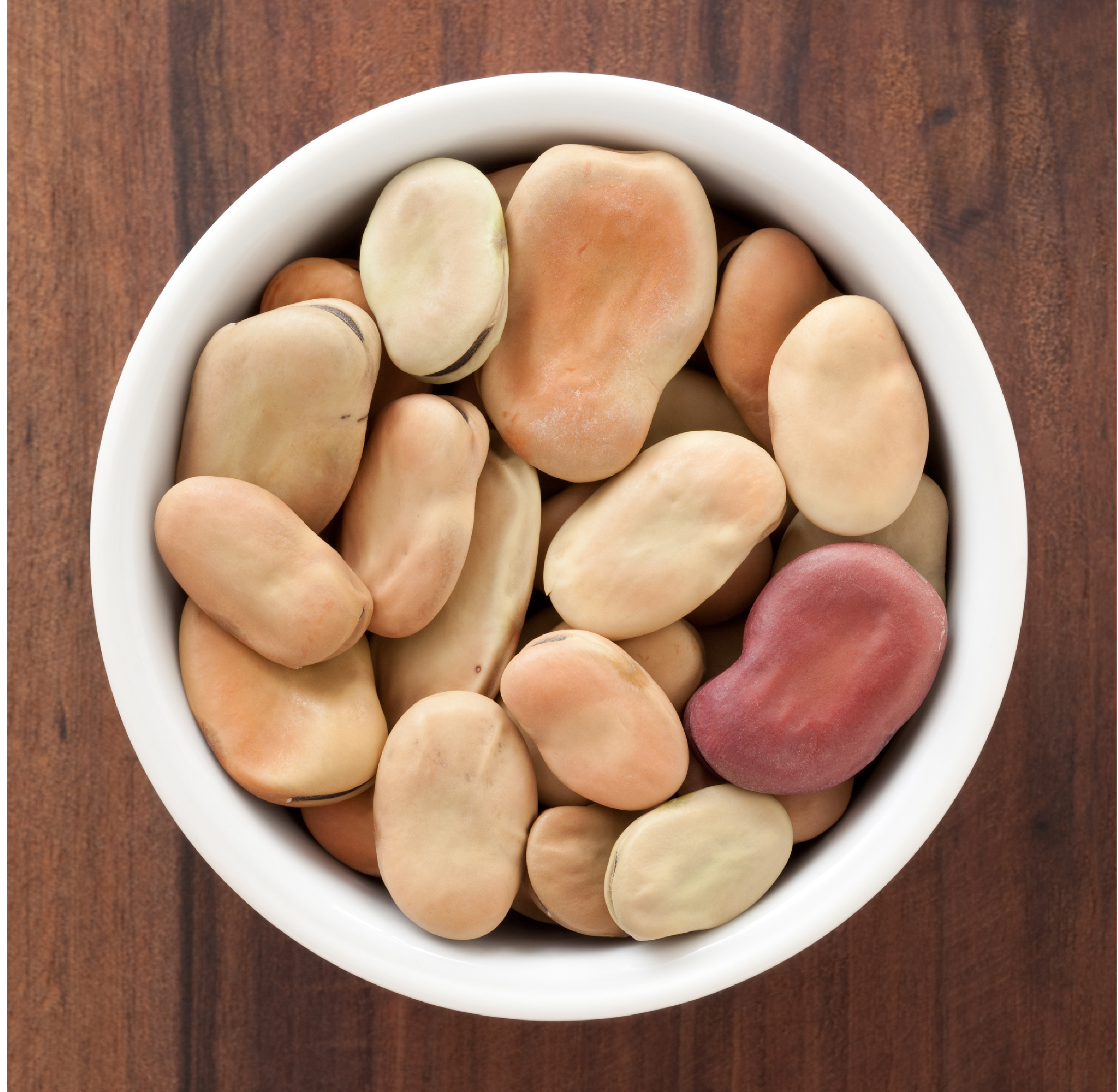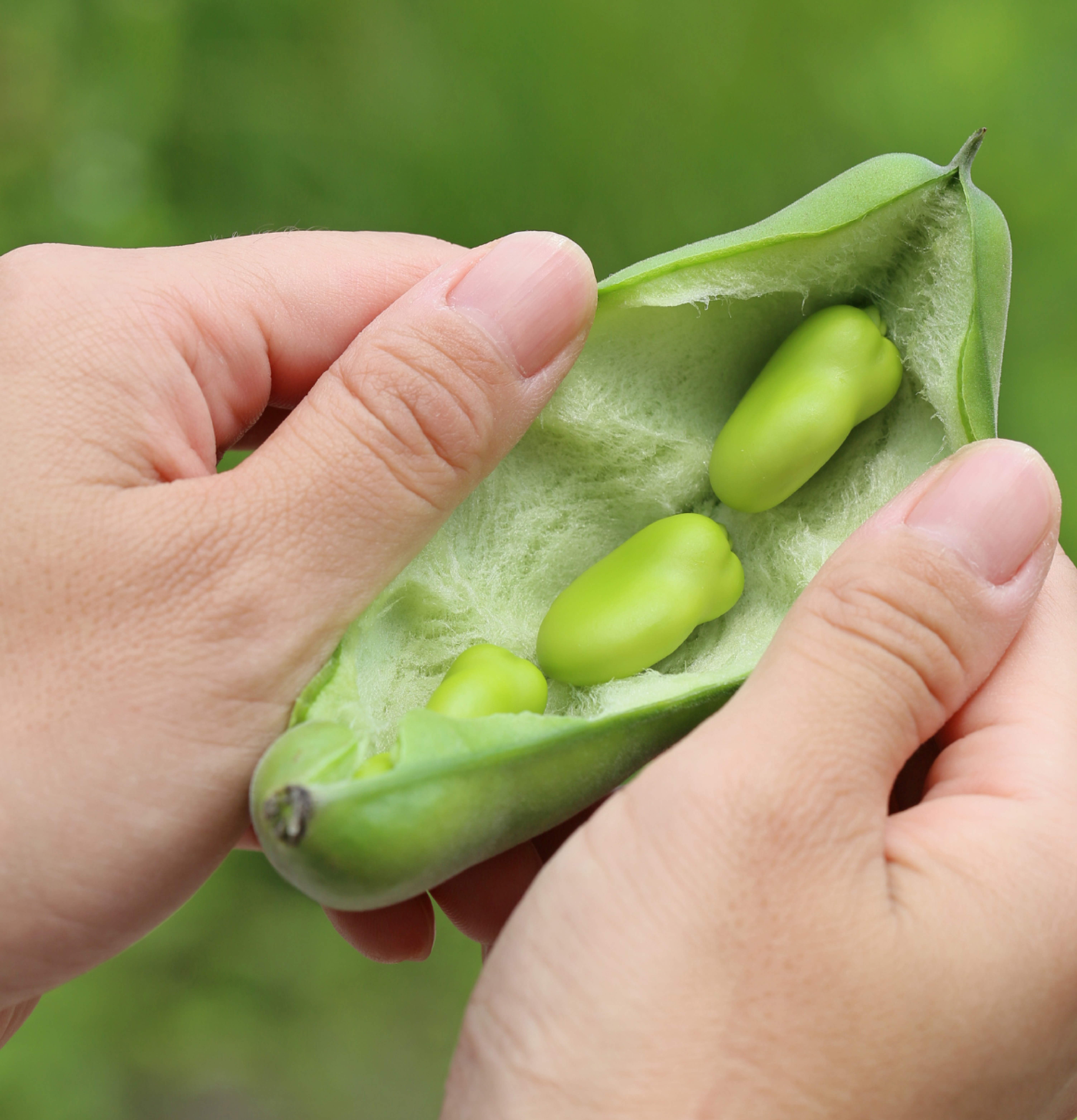

Vicine convicine, did you know?
1
2
3
1. Vicin and convicine are bean-specific molecules that can cause hemolytic reactions in genetically susceptible individuals.
2. They are involved in "favism" (an endemic disease in many countries of the Mediterranean basin and Africa).
3. These are anti-nutritional factors that reduce the digestibility of faba beans in monogastric animals and have a negative impact on laying performance in layers.
Measuring these compounds is therefore very important for assessing the nutritional qualities of faba bean varieties.
We carry out HPLC UV detection analysis on all matrices containing beans, mainly flour.
Vicin and convicine are specific molecules in faba beans that can provoke hemolytic reactions in genetically sensitive individuals. Their content is determined by UPLC (Vicin and convicine - Improve (improve-innov.com))
Anti-nutritional compounds (cause anemia)
"Tannins in the seed coat and vicin and convicin in the cotyledons have been clearly identified as anti-nutritional factors, having a depressive effect on the nutritional value of seeds in monogastric animals and the laying performance of laying hens (Olaboro et al., 1981, Grosjean et al., 2000). (excerpt from the article "Des saut qualitatifs pour un usage accru des oléoprotéagineux en alimentation animale" OCL magazine 2005)
Vicin and convicine are specific molecules in faba beans that can provoke hemolytic reactions in genetically sensitive individuals. Their content is determined by UPLC(Vicin and convicine - Improve (improve-innov.com))
Anti-nutritional compounds (cause anemia)
"Tannins in the seed coat and vicin and convicin in the cotyledons have been clearly identified as anti-nutritional factors, having a depressive effect on the nutritional value of seeds in monogastric animals and the laying performance of laying hens (Olaboro et al., 1981, Grosjean et al., 2000). (excerpt from the article "Des saut qualitatifs pour un usage accru des oléoprotéagineux en alimentation animale" OCL magazine 2005)
To find out more or to request an analysis :
Please complete the contact form and send it to Franck DEJEAN, Head of Analysis and Expertise Department.


